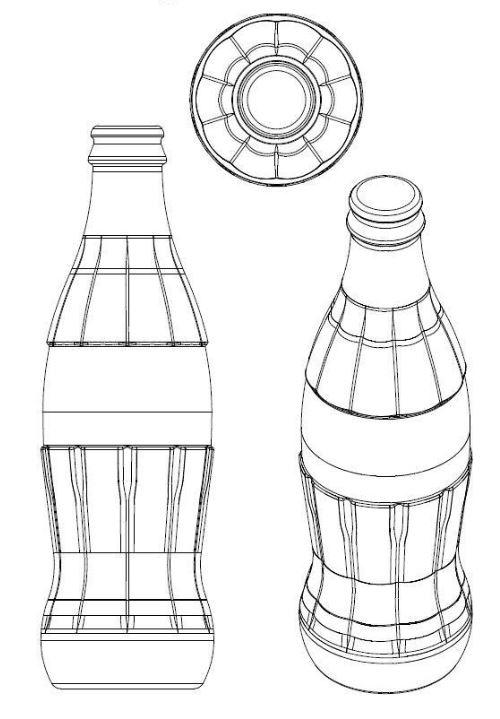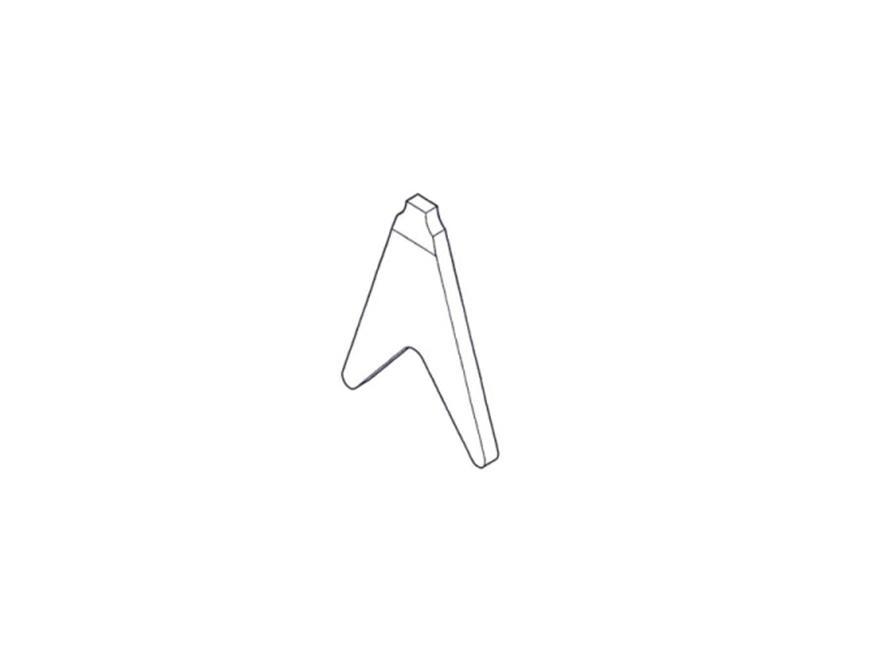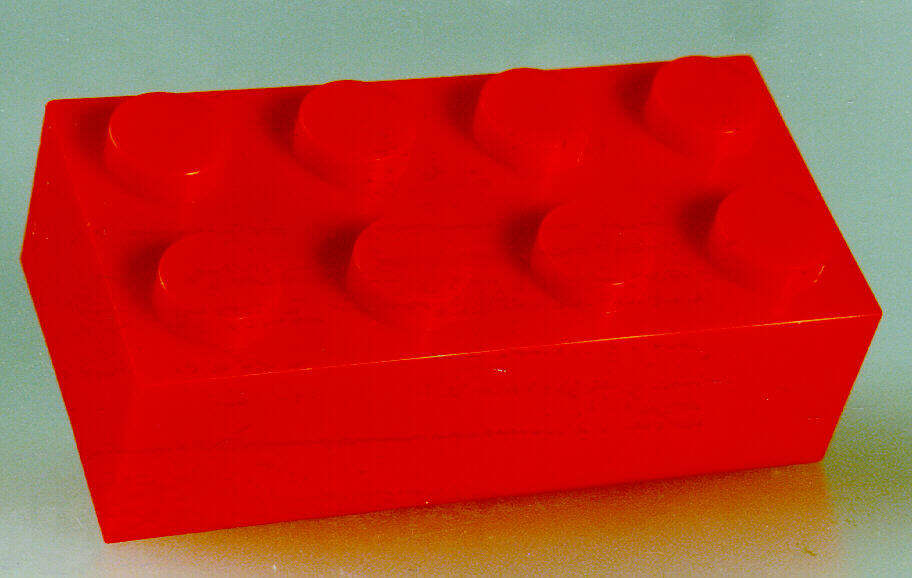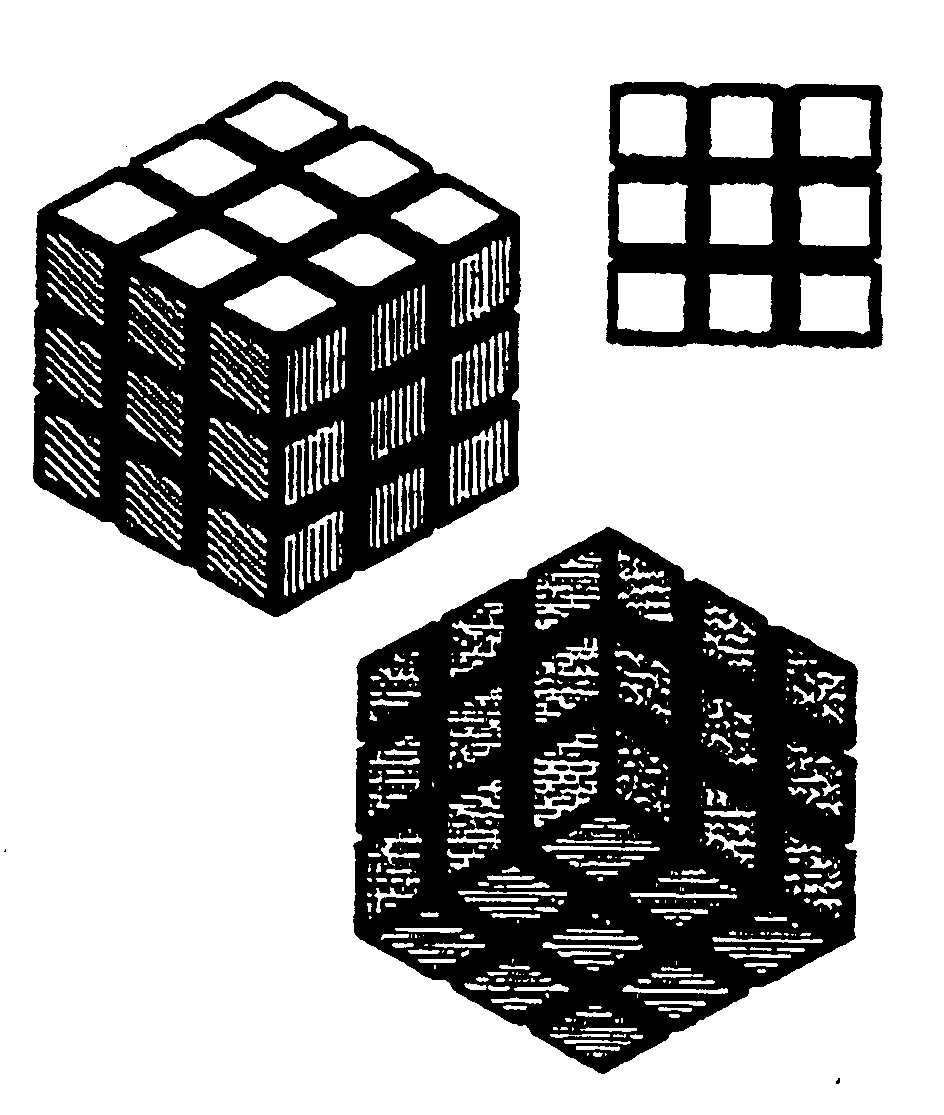Product shapes can be important assets. Many companies’ products could be recognised without any other information like labels or logos. For example, the Toblerone chocolate bar is instantly recognisable by its shape. Similarly, an empty Coke bottle without labels or brand names could also be distinguished from other soda bottles just by its shape.
Because the shapes of products are hugely important, many companies spend considerable resources in protecting them as trademarks. However, as the examples below demonstrate, obtaining and maintaining exclusive rights to a product shape can be tricky.
Gibson’s Flying V guitar shape
Gibson Brands Inc. is known for creating many of the world’s most iconic guitar models, such us the Flying V, Firebird and Les Paul. Gibson is also known for innovating guitar models that look very different from traditional guitars.
Gibson’s main asset is its brand, and it routinely registers its guitar names and appearances as trademarks around the world. The reason behind registering the appearance of the guitar as a trademark is to prevent competitors from producing guitars that look like Gibson’s guitars.
Gibson’s Flying V was introduced in 1958. When it came out, it was highly unique and radically different from other guitars on the market. In 2010, Gibson sought a 3D trademark registration for the appearance of the model, and the application was accepted and shape registered by EUIPO shortly after. In 2014, Hans-Peter Wilfer, the owner of a competing guitar manufacturer Warwick, filed for the cancellation of Gibson’s registration.
The EU general court invalidated the registration, noting that while the guitar might have been “revolutionary” when it was released, in 2010 when Gibson registered it as a trademark there were already many similar guitar models on the market, and the shape was no longer sufficiently unique. This was despite the fact that other V-shape guitars could be regarded as counterfeits and infringements on Gibson’s rights.
Shape of Lego brick and Rubik’s Cube
Another famous 3D trademark that was cancelled was the shape of Lego brick. Lego registered the shape of a red brick as a trademark in 1999. The trademark was originally held to have been non-distinctive, but Lego convinced the EUIPO that the shape had become distinctive over a long course of successful use on the market.
Lego’s competitor Mega Brands Inc. challenged the registration on the ground that the shape of the Lego brick was necessary to obtain a technical result (joining two bricks together). The EU court held that a shape cannot be registered as a trademark if all its essential characteristics perform a technical function. It doesn’t matter if another shape could be used to achieve the same technical result.
Rubik’s Cube faced a similar destiny after its competitor Simba Brands challenged the registration. The EU’s General Court invalidated the registration on the basis that the shape of the product is necessary for obtaining a technical result, namely organising the different rows so that each nine little squares on the side of the cube displays the same colour.
Ferrari 250 GTO
The Ferrari 250 GTO is an iconic car. Only 36 individuals have ever been produced, all between 1962 and 1964. These cars are the most valuable collector cars in the world.
In 2018 Ares Design, an Italian company specializing in custom-made luxury cars, announced that they would build a modern incarnation of the Ferrari 250 GTO. Ferrari took legal action to stop Ares Design from making the incarnation. As a countermeasure, Ares Performance (either a subsidiary or otherwise affiliated company to Ares Design) filed the cancellation of Ferrari’s 3D trademark of the Ferrari 250 GTO model. The cancellation action was based on the non-use of the mark (shape) by Ferrari, lack of distinctiveness and bad faith.
The EUIPO cancelled the registration because Ferrari had not used its trademark, i.e. the shape of the car, for vehicles for over 50 years (it had been used for toy cars and scale-model vehicles). The decision has been appealed, and the other cancellation grounds have not been examined yet. This means that unless the parties settle the case, it could take up to 5 to 10 years until final decisions are reached.
Lessons for startups
The above cases include big companies with a lot of resources to devote to the protection and defence of 3D trademarks. This does not mean that they are irrelevant for startups. For example, a startup company making chocolate bars could create a uniquely shaped bar. A small hair care company could create a uniquely shaped hair brush. It’s not a matter of resources, but rather imagination. Unique shapes can be great commercial differentiators, and startups should take advantage of this possibility.
Here are some tips to consider:
- To be protectable as a trademark, the shape must be truly unique and striking to be sufficiently distinctive. Small variations will not be enough.
- If the shape is necessary for obtaining a technical result, it cannot be registered as a trademark. It does not matter if the same result could be obtained with a different shape.
- If the product catches on, you must be willing to fend off copycats. If other companies start using similar shapes, it may lose distinctiveness and become available for all. In all cases discussed above, it was a competitor who started the cancellation.
Conclusion
The tales of iconic shapes like the Flying V guitar, Lego brick, and Ferrari 250 GTO underscore a vital lesson for businesses big and small: the shape of a product can be an integral part of its identity and value, offering a unique market differentiator if creatively imagined and legally protected.
For startups and established players alike, embracing this blend of creativity and legal protection can pave the way to harnessing the full potential of their brand’s visual identity, turning unique shapes into powerful assets. However, if you decide to take advantage of using shapes as your brand asset, make them sufficiently bold in order to be protectable, and then enforce your rights vigorously.
Read more
The challenge of protecting iconic designs – case Ferrari 250 GTO
Should you register a design or a 3D trademark? What’s the difference?







